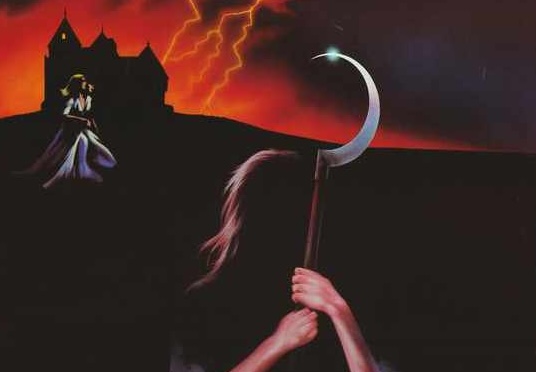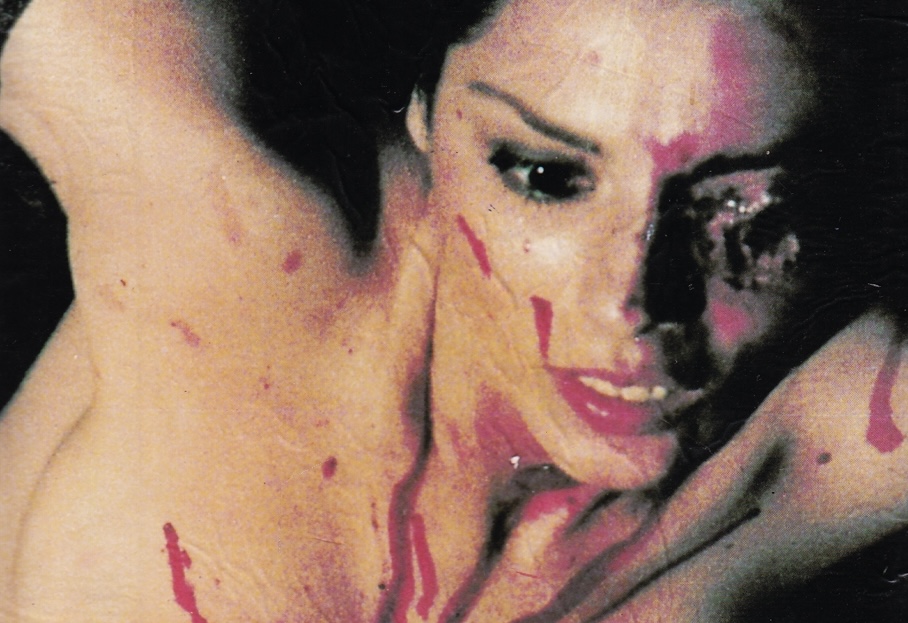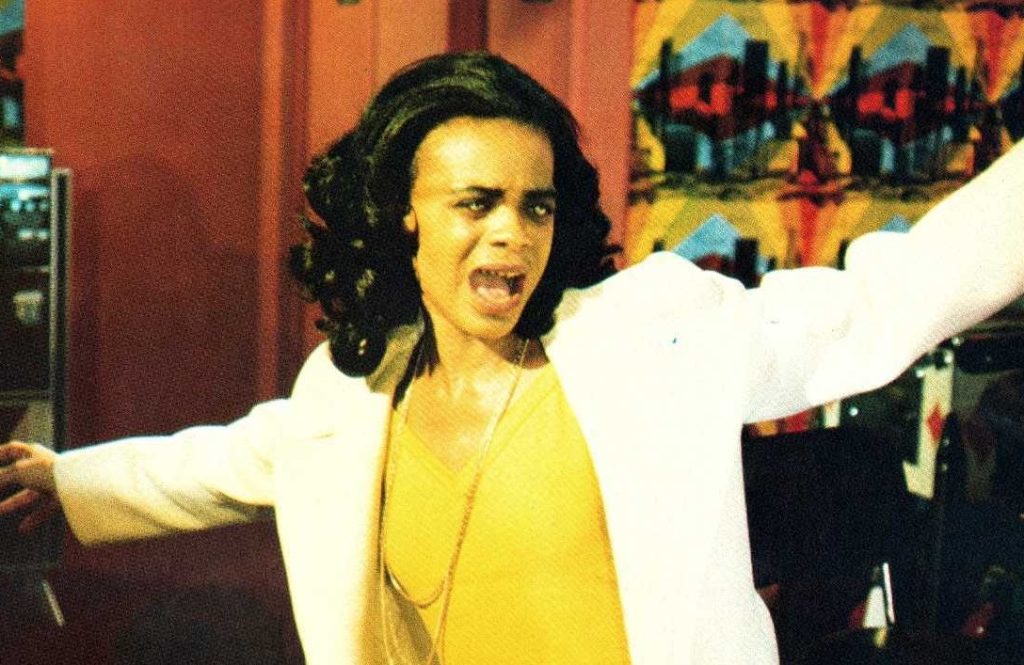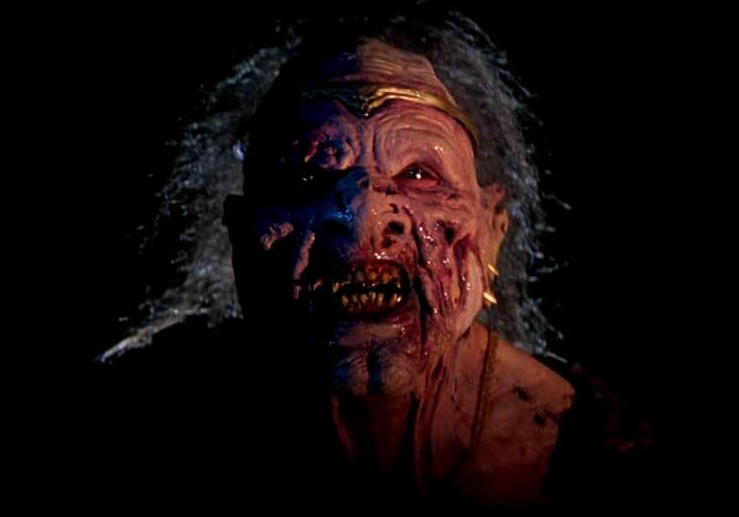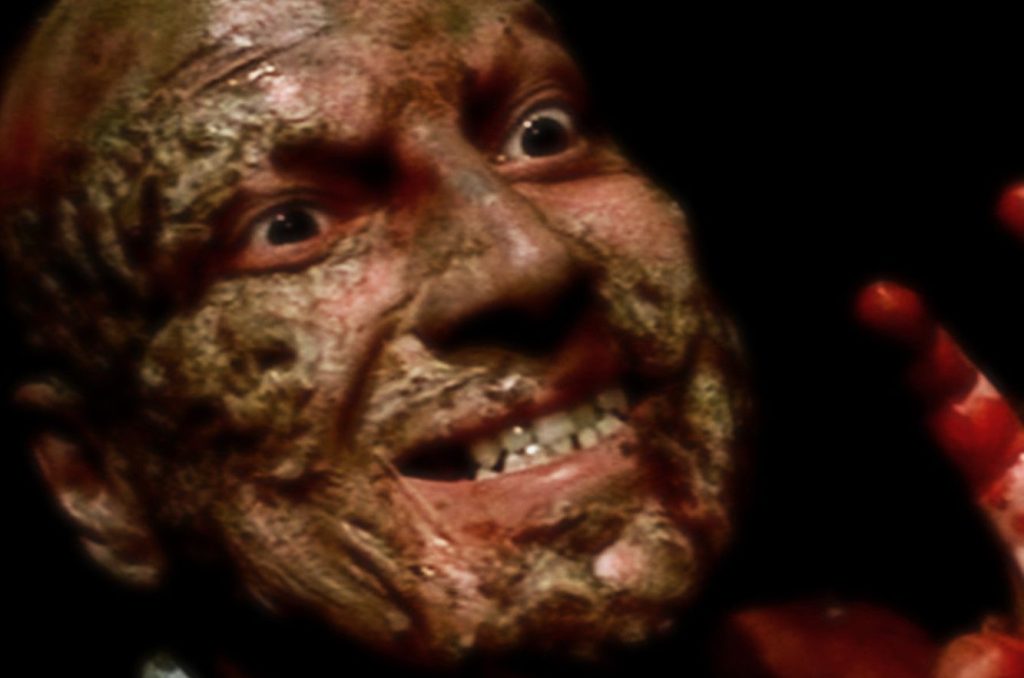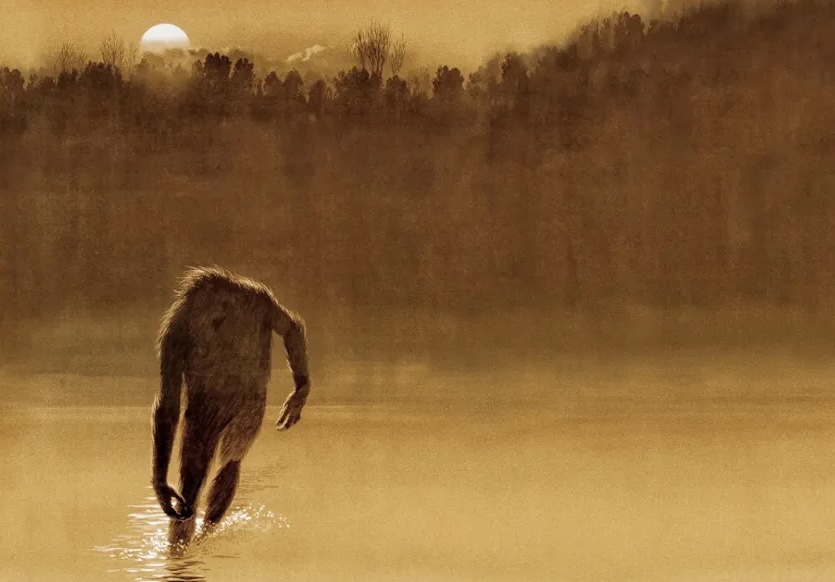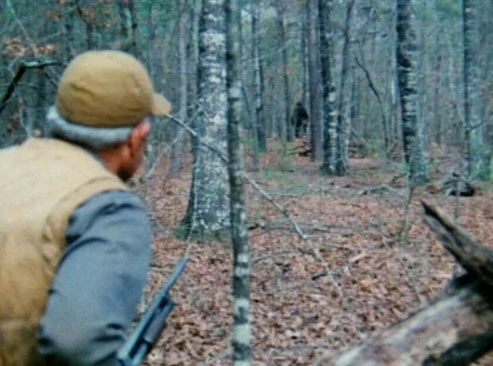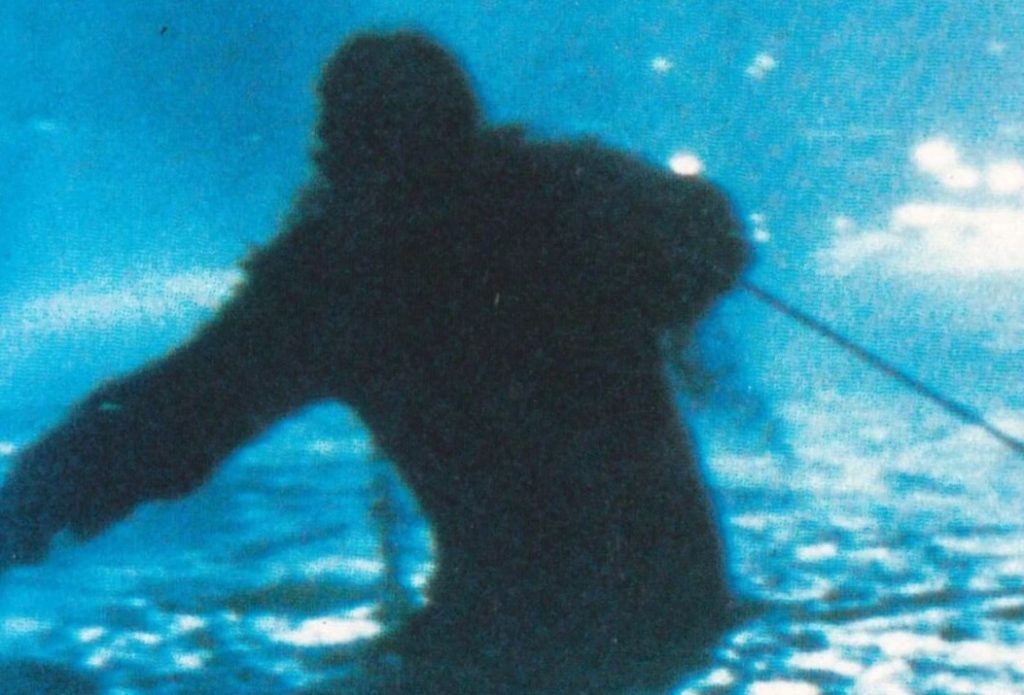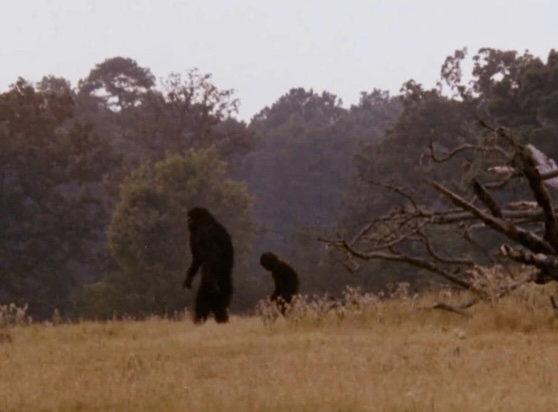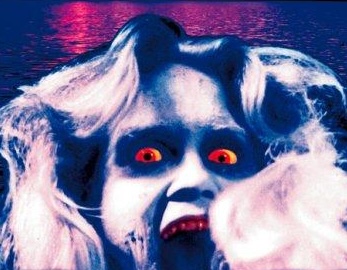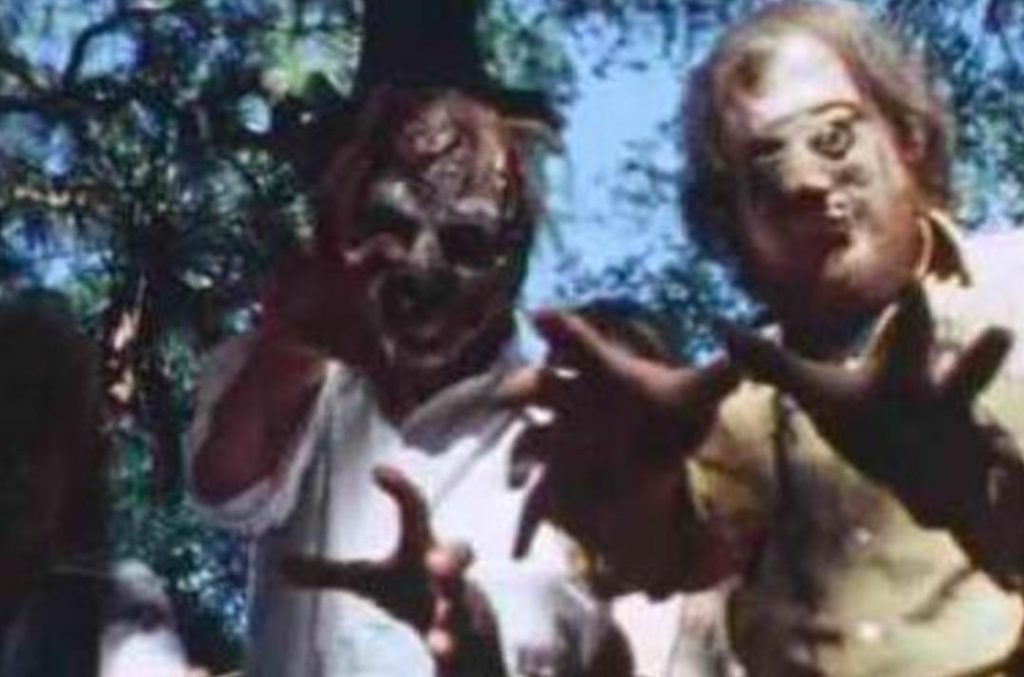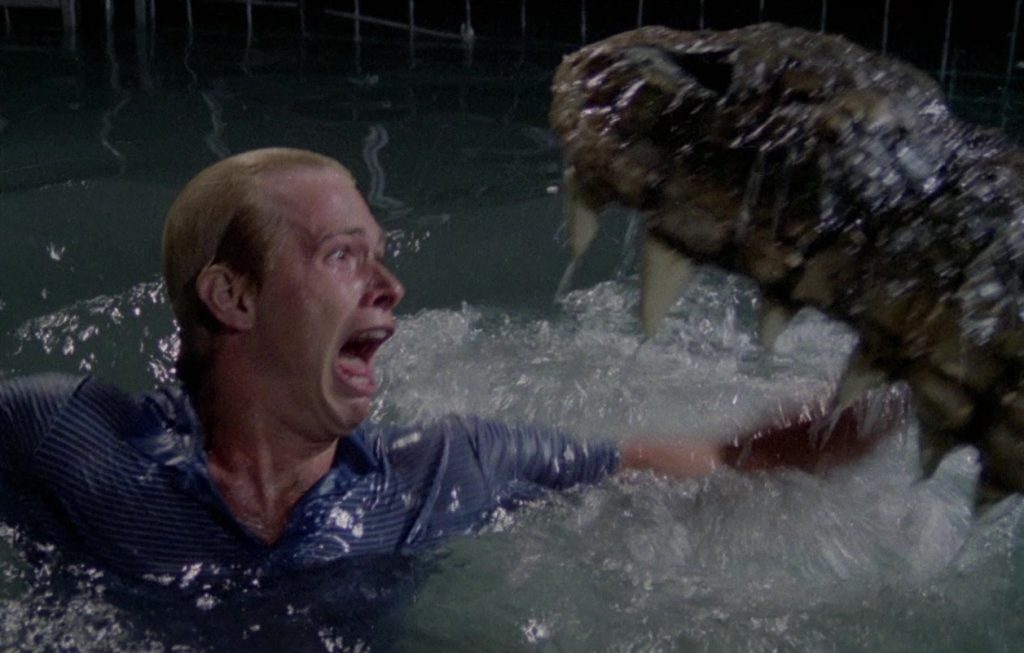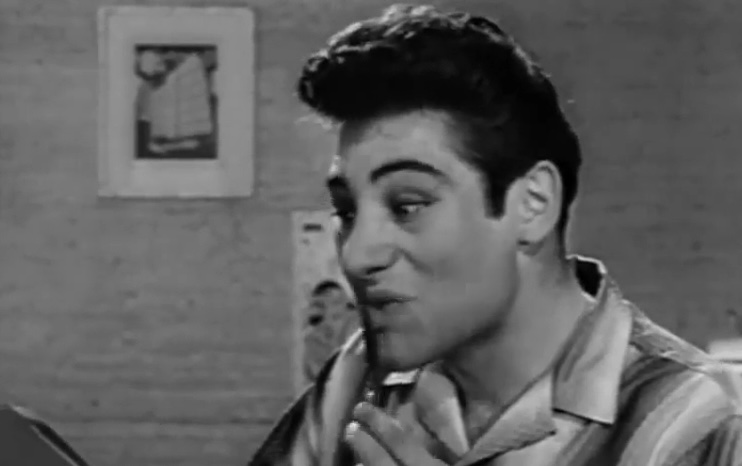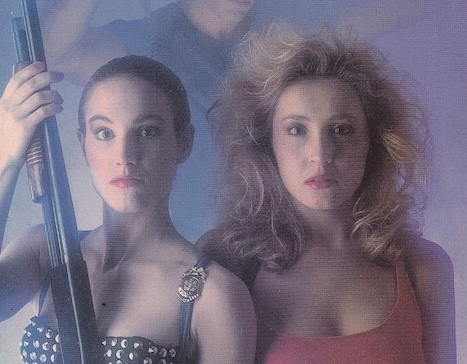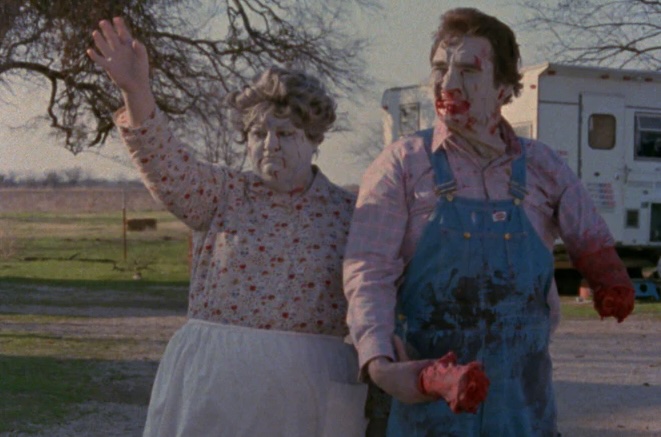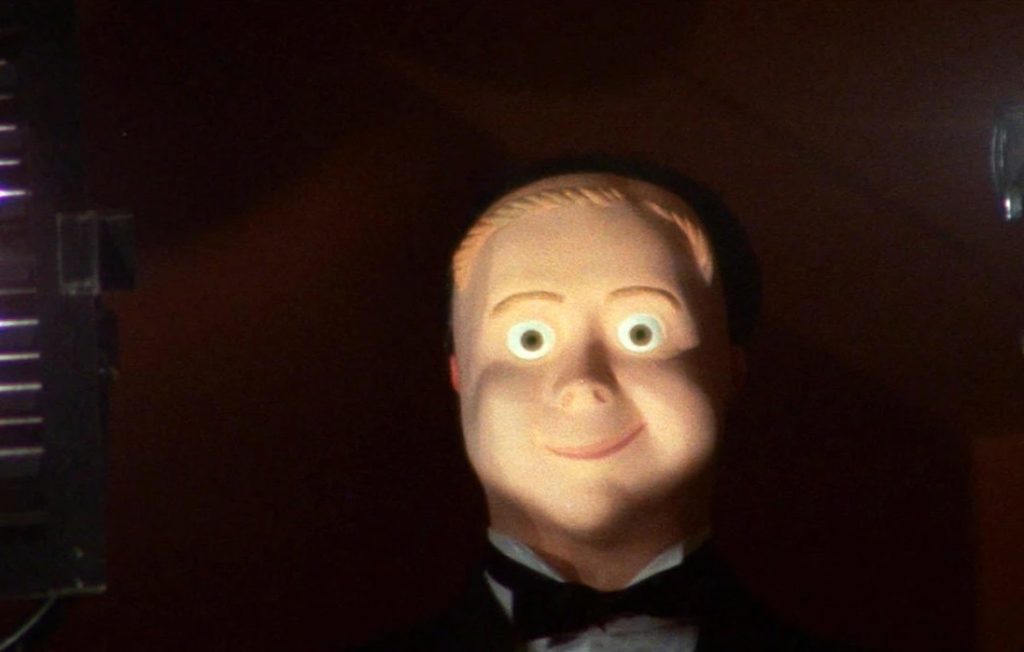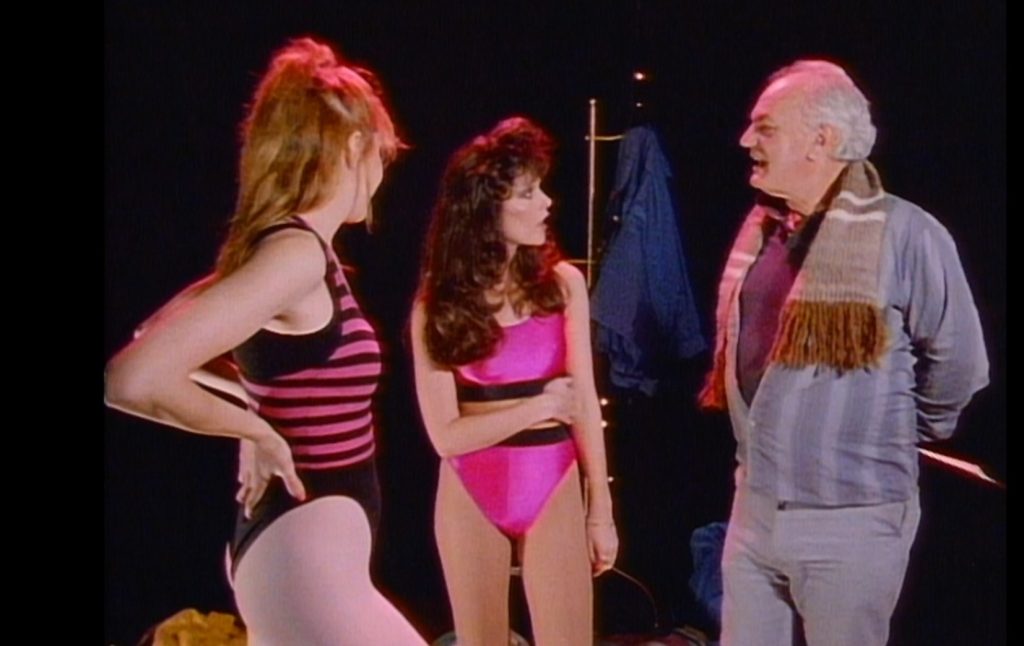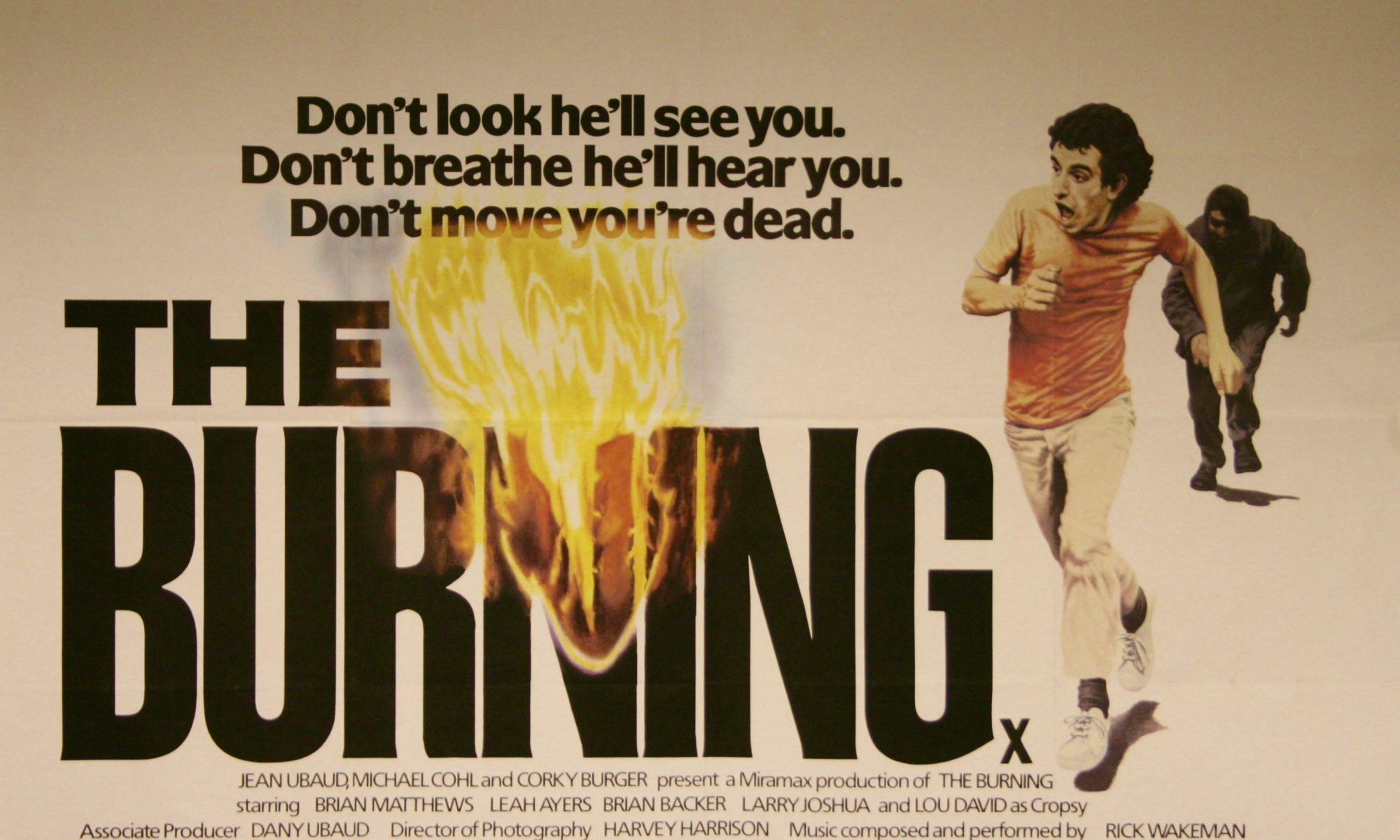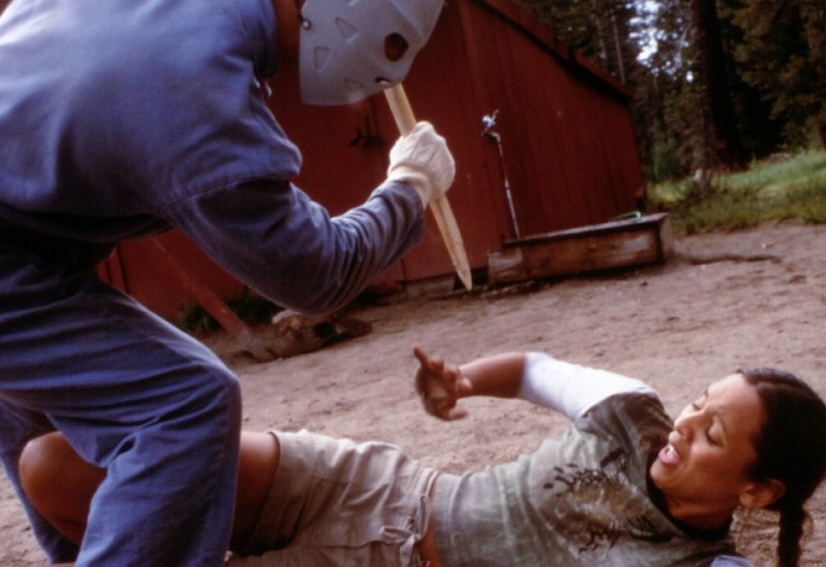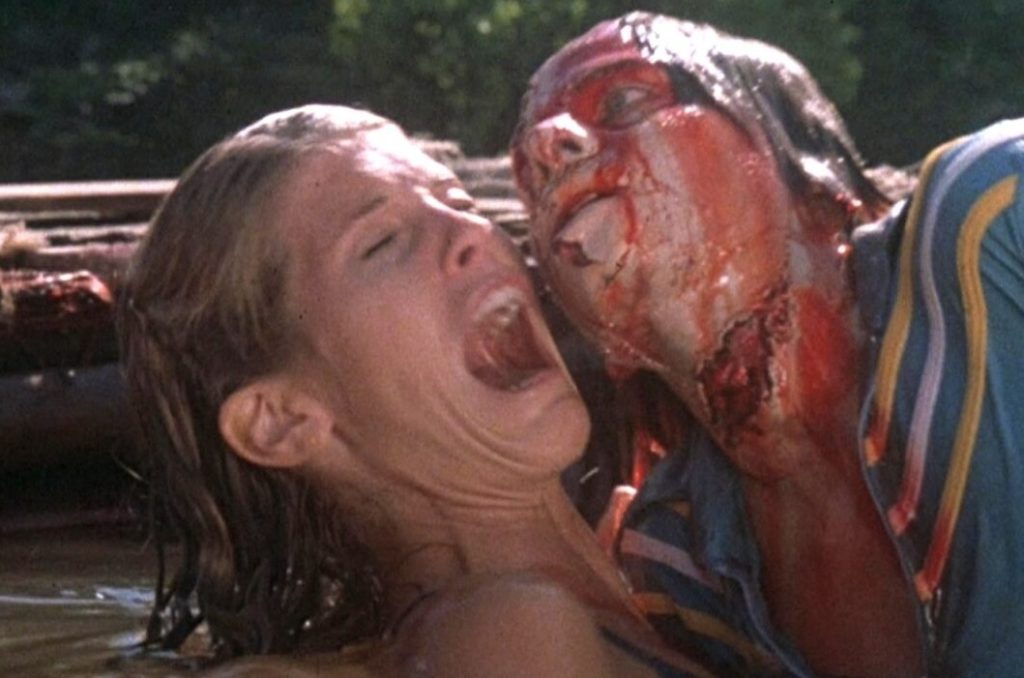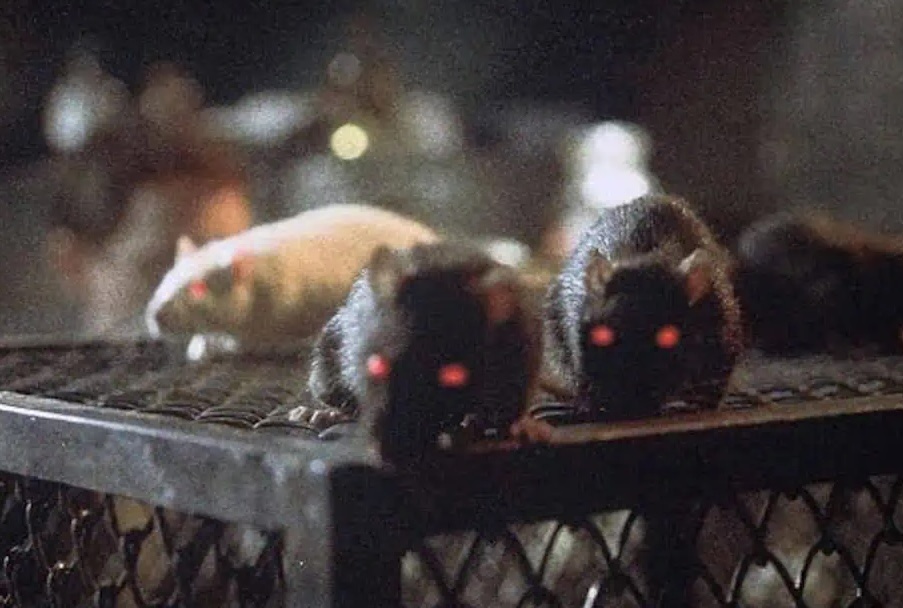The Barn of the Naked Dead – 1973, US, 86m. Director: Alan Rudolph.
Dance of the Damned – 1989, US, 82m. Director: Katt Shea.
The Nesting – 1981, US, 104m. Director: Armand Weston.
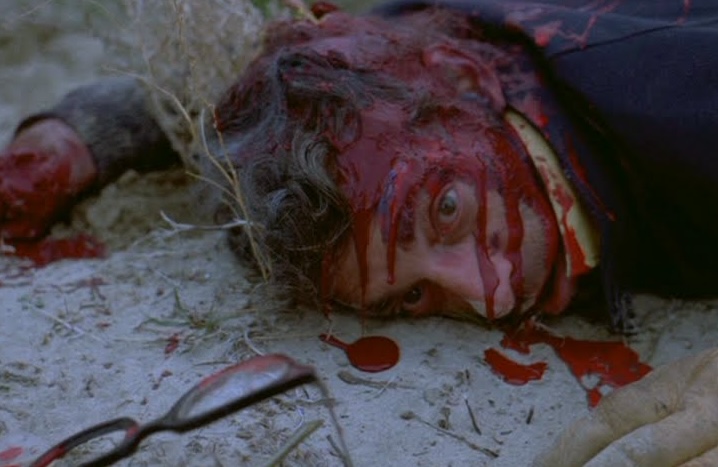
THE BARN OF THE NAKED DEAD (1973) (AKA: Terror Circus) Maniacal mama’s boy Andrew Prine, who sees himself as a sort of P.T. Barnum, kidnaps young women and keeps them chained up in his barn as part of a demented circus. Prine tortures the women (who he refers to as animals) into performing acts for his sick pleasure, which includes psychological and physical abuse—and dousing one victim in cow’s blood and setting her free while his pet mountain lion gives chase. Andrew’s mental capacity (what little is left of it) collapses and he becomes convinced one of the women is dear old Mom, who abandoned him when he was a kid. Prine’s antics are ultimately stopped after the arrival of his even crazier, mutated father, who rips Prine to pieces before running off into the sunset. A sleazy and depressing film that’s not the overzealous splatter movie its title suggests. C
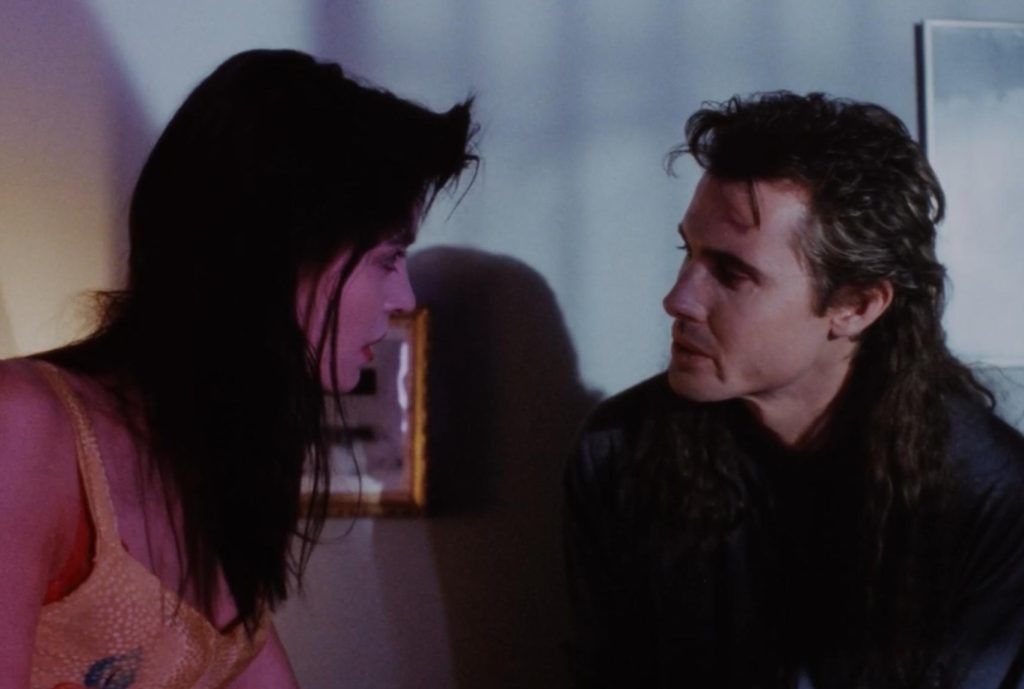
DANCE OF THE DAMNED (1989) A lonely vampire (Cyril O’Reilly) sporting a Billy Ray Cyrus mullet and looking for a mate finds a potential candidate in suicidal stripper Starr Andreeff. O’Reilly takes her back to his windowless Art Deco home, where he tries to seduces her into a world of eternal darkness before she pumps a round of bullets into his chest. Even after the bullets bounce off him and he flashes his fangs, Andreeff asks, “What are you?” O’Reilly is clearly not after her mind. The vampire exploits Andreeff’s estranged relationship with her son in order to lure her into his arms, but the experience only makes her want to live. After an all-night on-and-off brawl, O’Reilly’s human sensitivities emerge and he sacrifices himself in sunlight in a ridiculous ending that gives new meaning to anticlimactic. There’s less skin and violence than you’d expect from a production that looks like it was made for the Skinemax generation. Instead, writer/director Katt Shea (Poison Ivy) focuses on the characters, who are portrayed surprisingly well by good actors. With a little more polishing Dance of the Damned could have been a decent film. Unfortunately, it comes off more as second-rate Anne Rice. C
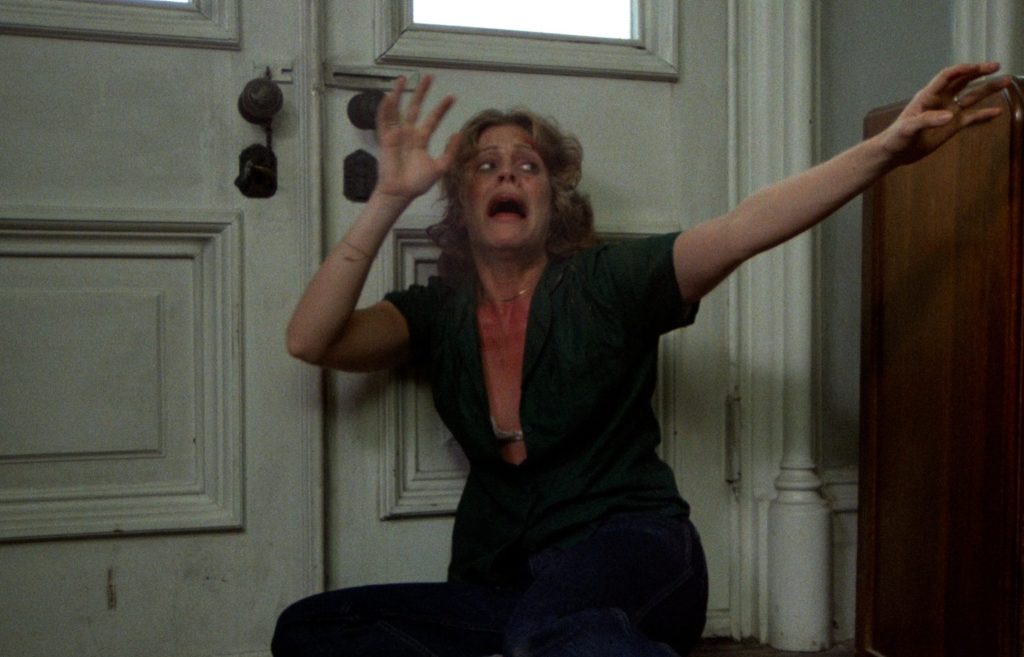
THE NESTING (1981) Nervous big city writer Robin Groves moves into a remote country home hoping it will cure her agoraphobia, unaware the place is infested with the angry spirits of its former occupants. Groves is inexplicably drawn to the Victorian building through a series of unexplained visions until the old “I’ve been here before” motif comes into play. Bumps in the night and visitations from ghosts send Groves to the brink of insanity—and viewers to the realization that the makers of this clinker have seen The Shining one too many times. The screenplay tries for more of a psychological edge, but its failure is in its lack of sympathetic characters worth caring about—like the film itself, Groves is often cold and alienating. There is a brooding atmosphere and a couple of lively murders (the scythe-to-the-face is a highlight), but the sluggish pacing makes the 104-minute running time seem like two hours. C

